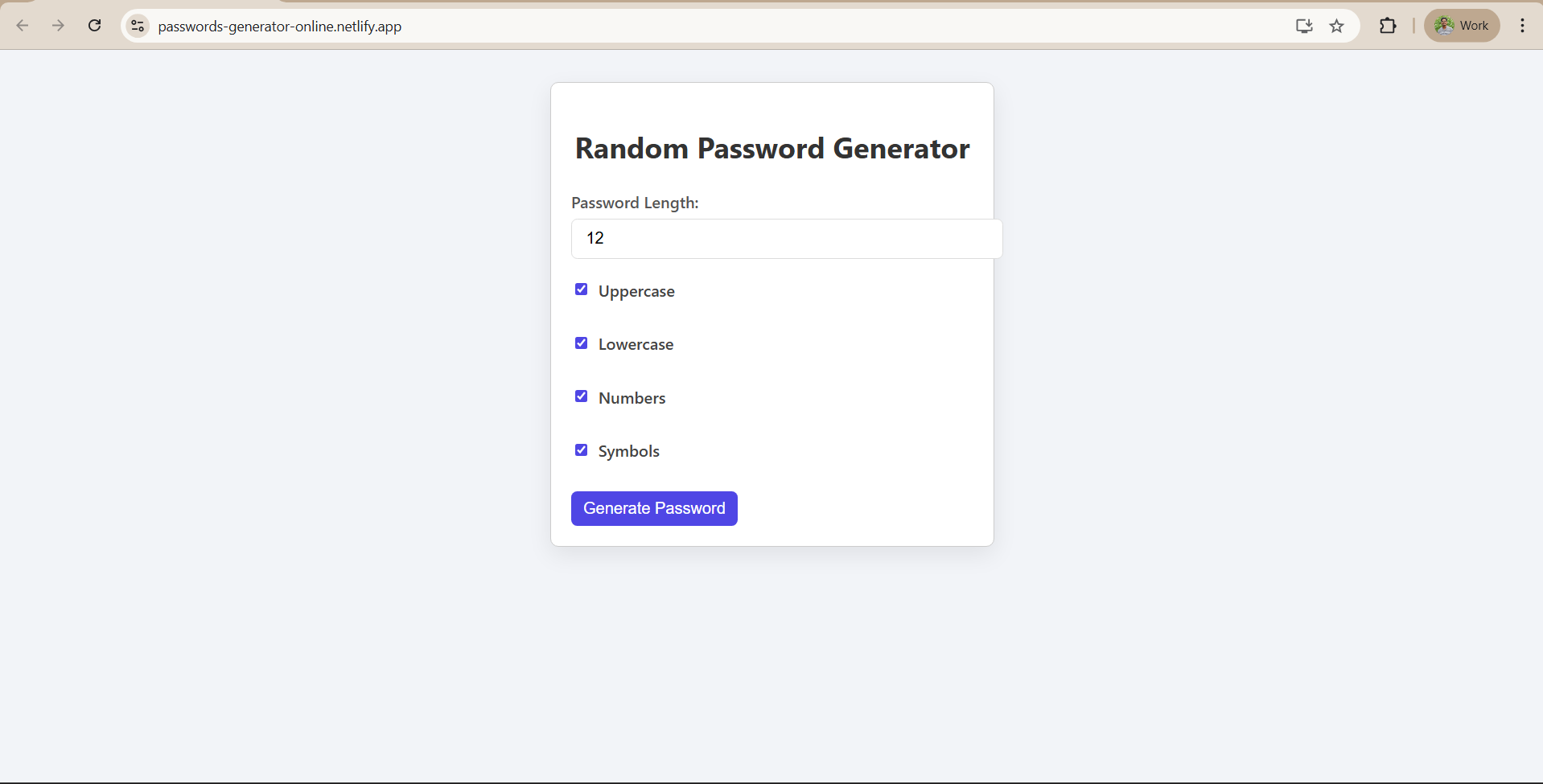Introduction to Components, Hooks And Events
Necessary Concepts for Random Password Generator
Before coding, let's briefly review some React and JavaScript concepts that are important for this project.
React Components
Components are the building blocks of React applications. Each component is a self-contained piece of UI (e.g., a form, a button, or even the entire calculator interface) that can be reused and managed independently.
In React, components can be defined as JavaScript functions (functional components) or classes (class components). In this project, we will use functional components exclusively, as they are simpler for beginners and integrate well with Hooks. Our app will consist of at least two components: the main App component and a BmiCalculator component.
The App component will serve as a container, while BmiCalculator will encapsulate the BMI calculation form and logic. Structuring the UI into components makes our code more organized and easier to maintain.
State Management with Hooks
In an interactive app, components need to manage changing data – for example, the current weight and height inputs, and the calculated BMI result. State in React refers to data that can change over time and influence what is displayed on the UI.
We use the useState Hook to add state to functional components. The useState hook allows us to create state variables and update them as needed.
Managing form input state and the result with useState ensures that our UI stays in sync with the user’s actions. (Under the hood, when the state is updated via the provided setter function, React knows to re-render the component with the new state value.)
Event Handling and Password Generation Logic
Web applications become interactive through events – user actions like clicking a button, typing into a field, checking a box, etc. In React, we handle events by attaching event handler functions to elements. For example, a button can have an onClick attribute that points to a function, or an input field can have an onChange handler.
In our project:
- We will handle the onChange event on the input field for length and on each checkbox. These will call functions (or inline arrow functions) to update the state with the new values (e.g., update the length, or toggle a true/false for including symbols).
- The onClick event on the "Generate Password" button will trigger a function generatePassword() that we will define. This function contains the core password generation logic.
Password Generation Logic: We create a pool of characters and then randomly pick from it:
- First, build a string of possible characters (charset) based on selected options. For example, if the user wants uppercase, lowercase, and numbers, our charset might be "ABCDEFGHIJKLMNOPQRSTUVWXYZabcdefghijklmnopqrstuvwxyz0123456789". If symbols are also included, we add something like "!@#$%^&*()" to the pool.
- Then, to construct a password of length N, we run a loop N times. In each iteration, we pick a random character from charset. We can get a random index by using Math.random() and Math.floor(). Math.random() gives a random number between 0 and 1, and by multiplying it by the length of the charset and flooring it, we get a valid index to pick a character. We append that character to our password string.
- After the loop, we have a random password composed of the selected character types. We then update the state password with this new string, so the UI displays it.
















